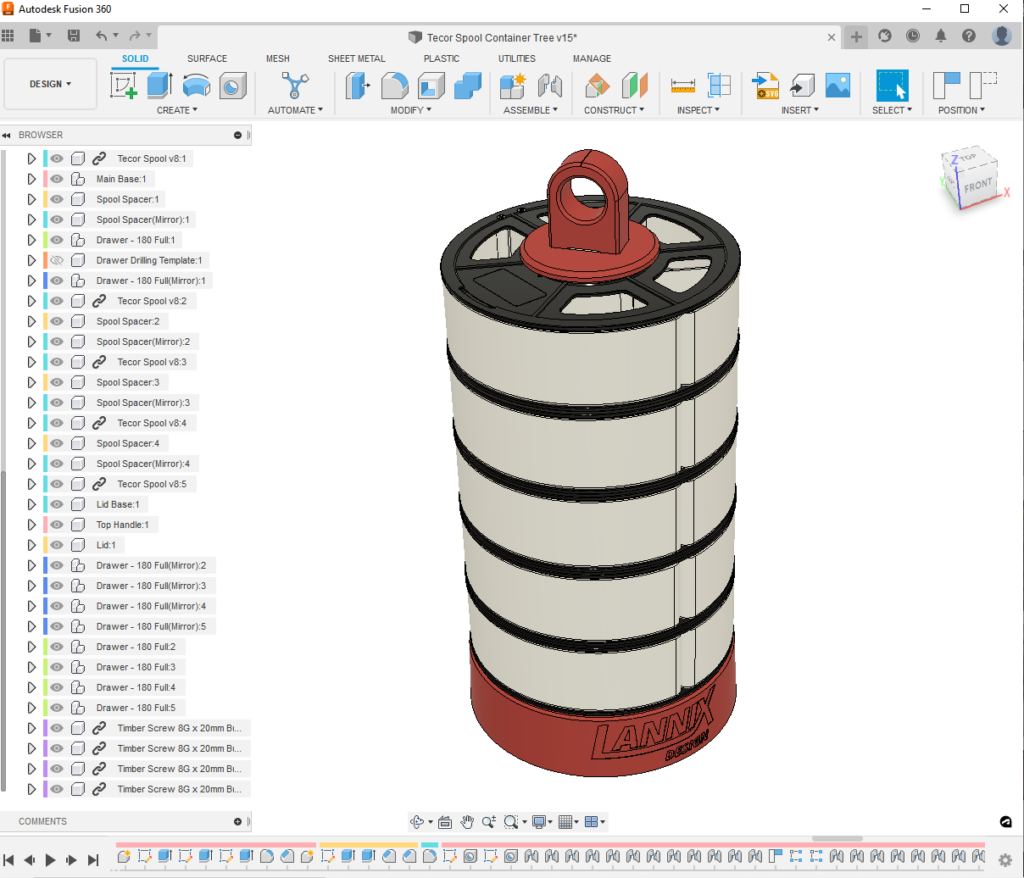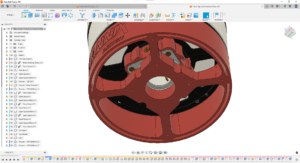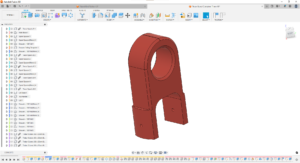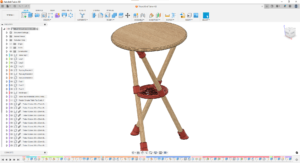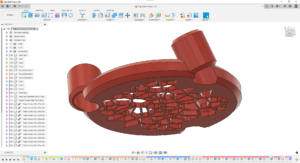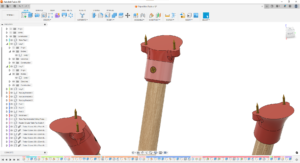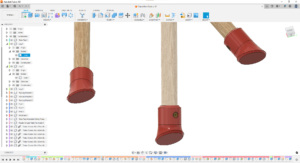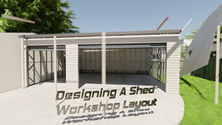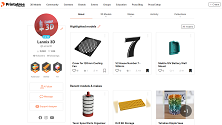As 3D printing becomes more and more popular, it’s important to keep in mind some key design considerations that are specific to CAD when designing for 3D printing. In this blog post, we’ll go over some of the most important things to keep in mind when designing for 3D printing.
Wall Thickness and Material
When designing for 3D printing, it’s important to keep in mind the wall thickness and the material that you’ll be using. The wall thickness should be at least 0.8 mm in order for the object to be strong enough. The distance between walls must be between 0.4 mm and 0.8 mm, otherwise, the walls will collapse or the object will be brittle.
Consider Orientation and Support Structures
When you design a 3D printing model, you need to think about the orientation of the model as well as the support structure for that model. The orientation or direction of printing allows for the right layer strength and adhesion. Support structures can be used to avoid issues that may arise in the printing process. This will help increase the strength and durability of the finished product, and will ensure that the print runs successfully without any issues. Well-spaced support structures can also help speed up the printing process, allowing you to create your 3D designs faster.
Use CAD Software that can Handle 3D Printing
When designing for 3D printing, it’s essential to use CAD software that can handle 3D printing. This software can help you create models that can quickly be printed with accuracy required for 3D printing. The best CAD software will allow you to create intricate designs with precision, and give you the ability to make adjustments and edits when necessary. I recommend Fusion 360 or Onshape for the hobbyist.
Choose the Right Printing Process
There are various types of 3D printing processes available, and you’ll want to choose one that is best suited to your needs. You can choose between Fused Filament Fabrication (FFF), Stereo Lithography (SLA) and Digital Light Processing (DLP). Each process has its own advantages and disadvantages, and it’s important to choose the right one based on your specific design requirements.
Consider the Printing Material
The type of material you select for 3D printing is an important consideration when designing for 3D printing. The material will impact the quality of the final product, and you should choose a material that is strong and durable enough for your needs. Some materials are also more resistant to wear and tear, and those could be a better fit for certain applications.
Final Thoughts
Designing for 3D printing requires a specific set of skills and knowledge. By keeping these considerations in mind, you can ensure that your CAD designs are optimized for 3D printing, and that your finished product is of high quality and meets the desired standards. With the right software, materials, and processes, you’ll be able to create stunning 3D models that meet all of your design needs.
